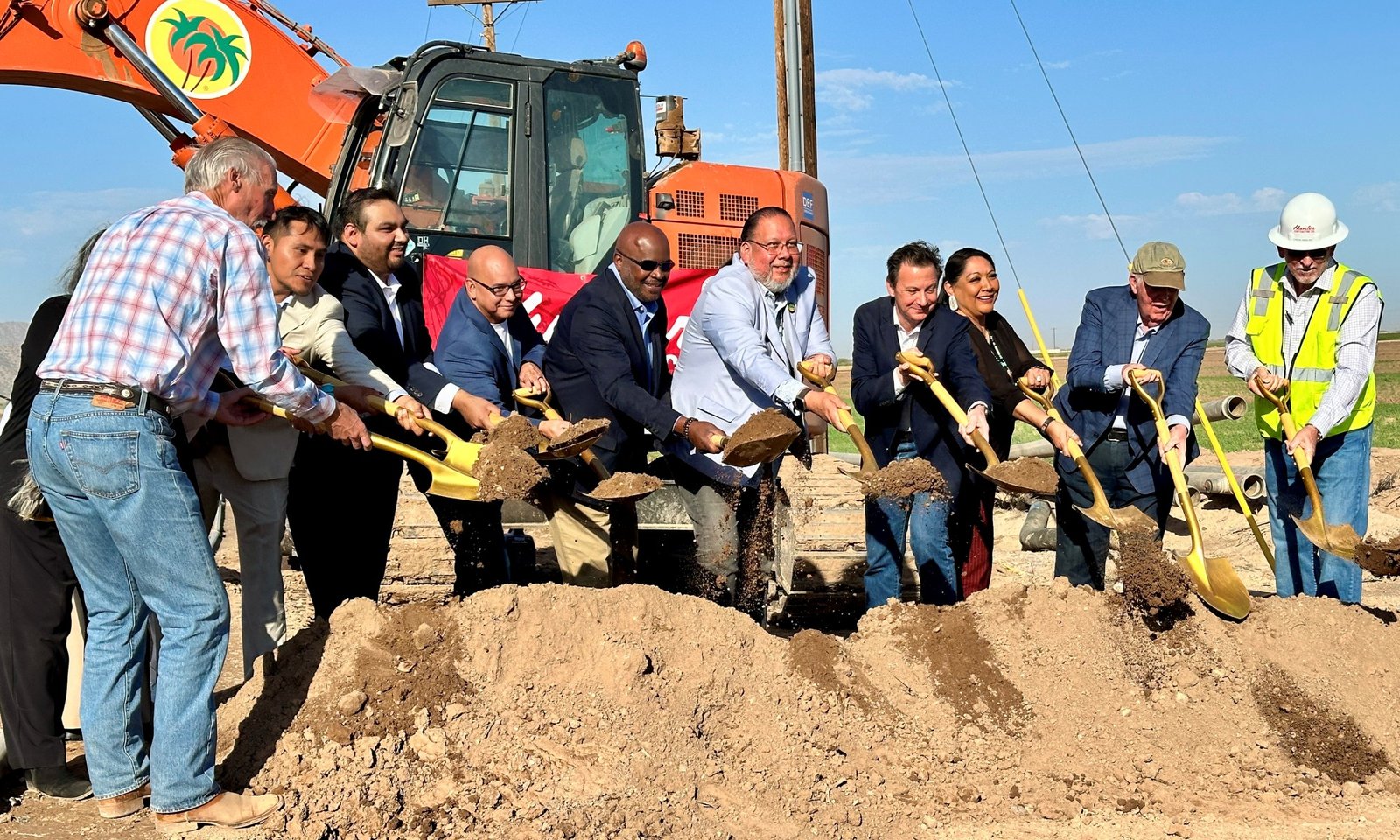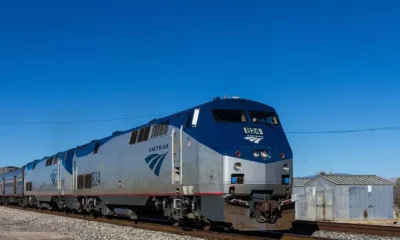arizona
Gila River Indian Community Launches Major Water Conservation Initiatives

Gila River Indian Community Governor Stephen Roe Lewis is reflecting on the impressive water infrastructure created by the Huhugam people as his tribe initiates two significant water conservation projects. “Our historical ties remind us of the sophistication of their water systems built over thousands of years,” Lewis remarked. “We are now applying modern technology to address today’s needs.”
The Gila River Indian Community recently secured funding for three major initiatives and immediately broke ground on two: the Lining of Blackwater Irrigation Canals and Efficiency Improvements to Gila River Farms. This effort symbolizes a return to honoring ancestral practices while aiming for a sustainable future in water management.
These projects aim to enhance water efficiency for the community and allow the tribe to retain more water rights from Lake Mead in the years ahead. “We’re committed to modeling responsible water management,” Lewis stated. His belief is that the tribe is setting an example not just for its community but for the broader region through partnerships with the Bureau of Reclamation.
The Gila River Farms project commenced on October 1, with the tribe receiving $63.8 million to replace aging concrete pipeline systems spread over nearly 30 miles across its 12,000-acre farm. “This funding is crucial as we tackle climate change and the various challenges along the Colorado River,” Lewis noted during the groundbreaking.
Historically, Gila River Farms served as the tribe’s primary economic support before tribal gaming became a significant revenue source. Lewis highlighted the importance of this initiative, remarking, “This farm was our first business and the foundation for our growth.” Updating the water infrastructure is seen as a vital step in revitalizing agricultural practices in the community.
Originally constructed by the U.S. Indian Irrigation Service between the 1930s and 1950s, the old pipelines are now outdated, limiting the farm’s ability to meet modern irrigation demands. Project Director David H. DeJong emphasized the need for modernization, stating, “With modern high-flow irrigation, it’s essential that Gila River Farms enhance its efficiency.”
The anticipated improvements are expected to produce significant water conservation, with projections indicating a total saving of 42,200 acre-feet over the next decade. As part of the agreement, the Gila River Indian Community has pledged to leave a substantial amount of its Colorado River water entitlement in Lake Mead to shore up local resources amidst ongoing drought conditions.
Simultaneously, the Lining of Blackwater Irrigation Canals project broke ground on October 2, aiming to line over seven miles of canals that support more than 2,000 acres of farmland. DeJong highlighted that unlined canals result in water losses ranging from 10 to 40 percent, underscoring the project’s importance for water conservation.
This initiative will improve safety by relocating certain canals to reduce proximity to roads, while also expanding the productive acreage of Gila River Farms. “Since announcing the updates, we have seen 500 acres come back into production, with plans for an additional 300 more in the next few years,” DeJong added.
The funding for canal improvements totals $26.2 million from the Bureau of Reclamation and approximately $22 million from the USDA’s Natural Resources Conservation Service. The tribe is expected to finish construction by the end of 2025, providing an anticipated boost to water efficiency just as further restrictions on Colorado River water loom due to prolonged drought conditions.
As climate change continues to challenge water resources, the Gila River Indian Community is at the forefront of implementing changes that will ensure sustainability for future generations. The collective efforts underline the significance of collaboration in addressing water issues affecting not just the tribe but also millions of residents in the broader region.


















